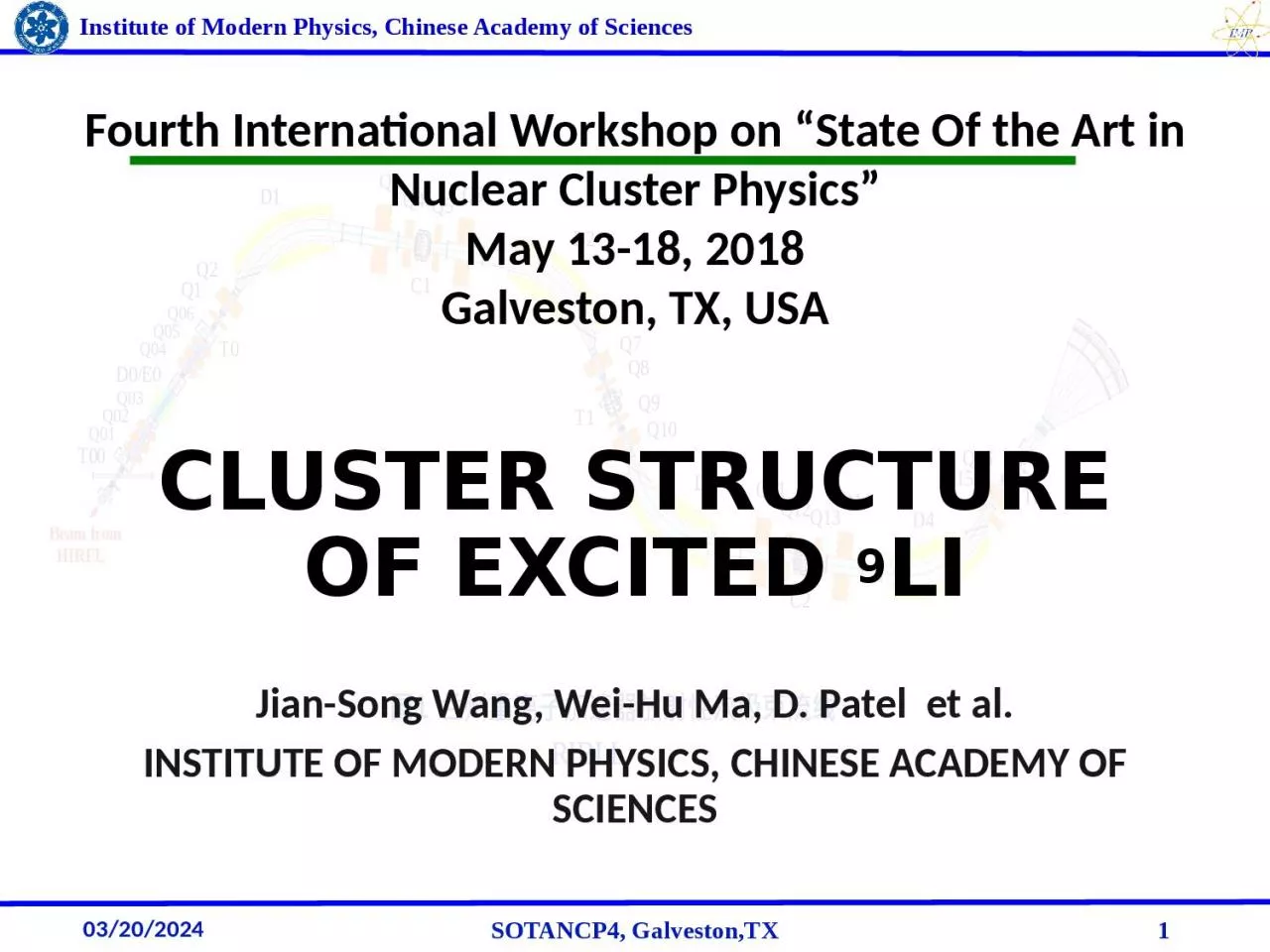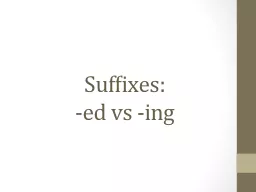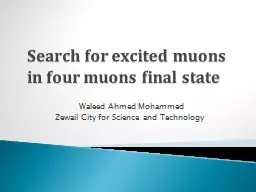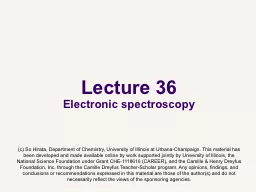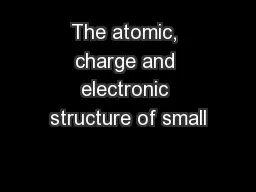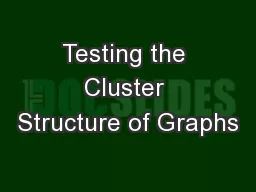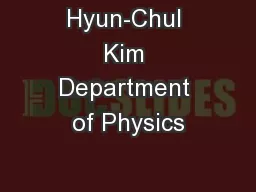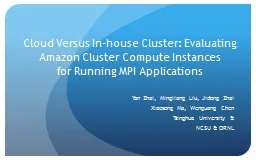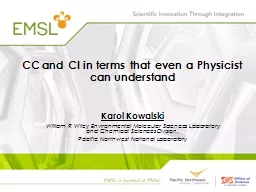PPT-Cluster structure of excited
Author : delilah | Published Date : 2024-02-02
9 Li JianSong Wang WeiHu Ma D Patel et al INSTITUTE OF MODERN PHYSICS CHINESE ACADEMY OF SCIENCES 2018518 SOTANCP4 GalvestonTX 1 Fourth International Workshop on
Presentation Embed Code
Download Presentation
Download Presentation The PPT/PDF document "Cluster structure of excited" is the property of its rightful owner. Permission is granted to download and print the materials on this website for personal, non-commercial use only, and to display it on your personal computer provided you do not modify the materials and that you retain all copyright notices contained in the materials. By downloading content from our website, you accept the terms of this agreement.
Cluster structure of excited: Transcript
Download Rules Of Document
"Cluster structure of excited"The content belongs to its owner. You may download and print it for personal use, without modification, and keep all copyright notices. By downloading, you agree to these terms.
Related Documents

